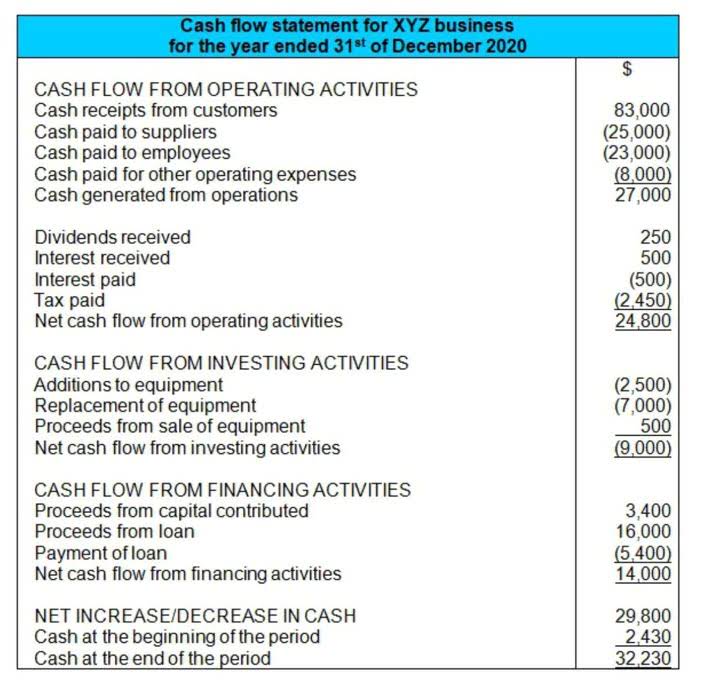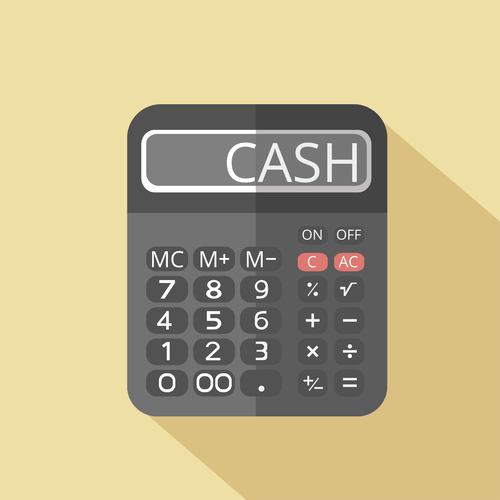6 7: Product vs. Period Costs Business LibreTexts

Efficiency Variance Percentage is a financial metric used in variance analysis to measure the efficiency or productivity performance of a company’s operations. It indicates the percentage deviation from the standard or expected level of efficiency in utilizing resources to achieve a specific output or outcome. Return on Investment (ROI) is a financial metric used to evaluate the profitability and efficiency of an investment or business venture. Operating Income is calculated by subtracting the cost of goods sold (COGS) and operating expenses (such as salaries, rent, utilities, period cost formula and marketing expenses) from the company’s total revenue. Operating Income, also known as operating profit or operating earnings, is a financial metric that represents the profit generated from a company’s core operations before considering interest and taxes.

What could be considered a period expense?
ROS helps assess the profitability of a company’s operations, providing a measure of financial performance that can be compared to industry benchmarks or used for internal analysis and decision-making. Fixed costs are an essential component of the cost structure of a business. They provide a baseline level of expenses that must be covered, irrespective of the level of production or sales. Fixed costs include expenses such as rent, salaries of permanent employees, insurance premiums, and depreciation of fixed assets. A positive cost variance indicates that the actual cost is higher than the budgeted cost, suggesting a cost overrun. Conversely, a negative cost variance would indicate cost savings or that the actual cost is lower than the budgeted cost.
Period Cost vs Product Expense
- This indicates that for every dollar invested, there is a 25% return or gain.
- Finance Strategists has an advertising relationship with some of the companies included on this website.
- Therefore, the Payback Period for this investment is approximately 3.33 years.
- It indicates the percentage deviation from the standard or expected level of efficiency in utilizing resources to achieve a specific output or outcome.
- Managerial accounting refers to the branch of accounting which covers the quality of information.
- Only when they are used to produce and sell goods are they moved to cost of goods sold, which is located on the income statement.
- While both cost types are important, we’ll focus on period costs here.
This means that for every dollar invested, there is a 25% return or gain. ROI helps investors assess the profitability of their investments, compare different investment opportunities, and make informed decisions regarding resource allocation and capital budgeting. Operating Income is a key indicator of a company’s https://x.com/BooksTimeInc operational performance and financial health. It provides insights into the profitability of a company’s core operations and serves as a measure of efficiency in generating profits. Investors, analysts, and stakeholders use it to evaluate the company’s capacity to generate revenue from its ongoing business operations.

Which of these is most important for your financial advisor to have?
Explore the role of period costs in financial management, from accounting practices to strategic pricing and budgeting, for informed business decisions. The best way to calculate total period costs is to use your income statement as a checklist. Print out your income statement from your accounting software and add a small column to the right. Ask yourself whether each cost incurred is a period cost, and place a checkmark next to each one.

It helps businesses evaluate deviations from the budgeted or standard costs and identify areas where costs are over or under budget. This represents the expenses incurred for the raw materials directly used in the production process. The Total Cost formula is fundamental in cost accounting as it provides a comprehensive view of the overall expenditure involved in the production process. It is used to assess the financial impact of production, analyze cost trends, determine profitability, set prices, and make informed decisions regarding cost management and control. Balancing product and period costs is important for your business performance efficiency. Product costs help you fine-tune the price of each item you sell, ensuring profitability.
ABC is used to assign indirect costs to products, services, or projects by identifying and analyzing the activities that contribute to those costs. It helps businesses gain insights into the true costs of their products or services, enabling better decision-making, pricing strategies, and cost control. ABC is particularly useful in industries where overhead costs are a significant portion of the total cost and where products or services have diverse and complex cost structures.
- ROCE is used to evaluate the effectiveness of capital investments and the utilization of capital resources.
- Let’s consider a construction project where the budgeted cost for completing a building is $500,000.
- It helps businesses evaluate the efficiency of cost management and control by identifying variations in the prices of inputs.
- Period expenses are usually calculated by adding together all expected payments for a period, then subtracting any amounts that were paid early.
- Our mission is to empower readers with the most factual and reliable financial information possible to help them make informed decisions for their individual needs.
- Another definition of period costs includes any expenses that are not a part of product costs.
Non-product costs
In a manufacturing organization, an important distinction exists between product costs and period costs. Both of these costs are considered period costs because selling and administrative expenses are used up over the same period in which they originate. In a manufacturing organization, an important difference exists between product costs and period costs. There are several examples of period costs in managerial accounting in practical scenarios. In https://www.bookstime.com/ managerial accounting, costs are also crucial in helping companies ensure profitability.
- For example, if a forecast indicates an upcoming increase in utility rates, a company can budget for these higher costs in advance or implement energy-saving measures to mitigate the impact.
- These can be broadly categorized into selling costs and administrative costs.
- Moreover, it helps authorities identify the irrelevant unavoidable costs that will always consider reaching the breakeven point.
- It’s a snapshot of a business’s financial health at a specific moment.
Create a Free Account and Ask Any Financial Question

We follow strict ethical journalism practices, which includes presenting unbiased information and citing reliable, attributed resources. At Finance Strategists, we partner with financial experts to ensure the accuracy of our financial content.
Filled Under : Bookkeeping
